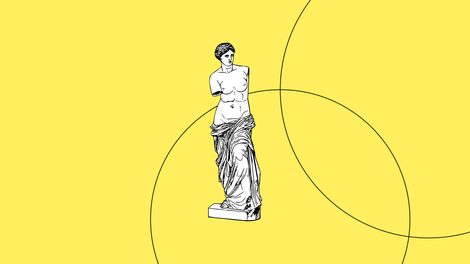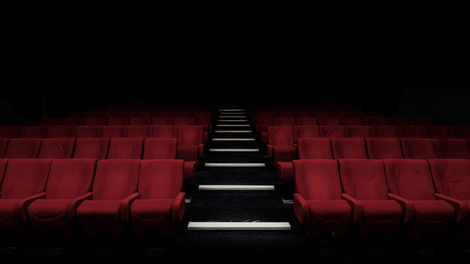Design is often thought of as the art of making something beautiful. But any designer will tell you that good design involves a lot more than just aesthetic design. Whether someone is designing a car, a dress, a poster, or a teapot, the final product is useless unless it fulfills its purpose. Imagine an environmentally-friendly car that’s also safe, fast, and sleek. However, the designer forgot to include doors. Pretty pointless, right?
Good design is subjective. However, legendary industrial designer, Dieter Rams, attempted to express what he believed to be the fundamentals of good design. Known for his “less but better” approach, his Ten Principles of Good Design have helped shape the work of countless designers, past and present.
Jumpstart your ideas with Linearity Curve
Take your designs to the next level.
Who is Dieter Rams?
Dieter Rams, often nicknamed the “godfather of design,” is a German industrial designer. He first discovered his love of design from his grandfather, who was a carpenter. Under his guidance, Rams mastered the art of building and repairing structures from wood and other materials, and he even earned a few awards in carpentry. This led him to train as an architect during the 1950s, when Germany was rebuilding itself after the war.
In 1955, Rams became interested in industrial design and applied for a job at Braun, a German electrical products company. He was hired to work in the interior of its offices and quickly became involved in product design. Within a few years, he became Braun’s Chief of Design and held the position for almost 35 years. Along with his design team, he designed some of the most iconic domestic electrical products and furniture of the 20th century.

In 1959, Rams asked his boss Erwin Braun if he could design furniture for Vitsœ, a German (now British) furniture company. Braun’s answer was, “Yes. It will help the market for our radios.” One year later, Ram’s hugely successful wall-mounted 606 Universal Shelving System was launched. This sparked the beginning of a long-lasting collaboration between Rams and Vitsœ that’s still ongoing. Rams retired from Braun in 1997, but he still works with Vitsœ today.
In 1976, while speaking about his work at Vitsœ, Rams outlined some of his core beliefs about design in front of an audience in New York City. “A designer who wants to achieve good design must not regard himself as an artist who, according to taste and aesthetics, is merely dressing-up products with a last-minute garment,” he said. “The designer must be the gestaltingenieur or creative engineer […] Their work is largely rational, meaning that aesthetic decisions are justified by an understanding of the product’s purpose.”

Less, but better
Even as early as the ‘70s, Rams was deeply concerned with the environment and the issues of waste and consumer culture. In his famous 1976 speech, he said, “I imagine our current situation will cause future generations to shudder at the thoughtlessness in the way in which we today fill our homes, our cities and our landscape with a chaos of assorted junk.”
Sadly, his predictions weren’t wrong. Many of us can admit to buying things we don’t need, and the amount of waste we produce is staggering. With the growing shortage of natural resources, Rams believes both consumers and designers should take responsibility for the state of the world. He called for “an end to the era of wastefulness,” and continues to champion sustainable, innovative design.
Celebrating Women's Impact in Graphic Design
Explore the inspiring stories and significant contributions of women in the field of graphic design. Learn how their creativity and innovation have shaped the industry.
Rams’ design philosophy continues to influence the future of design. His 10 principles can apply to pretty much anything you can create, from physical objects to digital products.
Rams’ design ethos is so influential, that brands like Apple use his principles as guidelines. In fact, some say that his 1958 Braun T3 Pocket Radio directly inspired the look of the first iPod designed by Jony Ive for Apple in 2001. Plus, the iPhone OS 1 calculator app from 2007 is a clear homage to the Braun ET44 (1978) and ET66 (1987) calculators.

So now that you have a background on Dieter Rams, let’s take a closer look at his 10 Principles of Good Design.
Dieter Rams’ ten principles of good design
During the late 1970s, Rams asked himself the question: “Is my design a good design?” The answer he came up with formed the basis for his famous principles of design.
“Good design is innovative. Good design makes a product useful. Good design is aesthetic. Good design makes a product understandable. Good design is honest. Good design is unobtrusive. Good design is long-lasting. Good design is thorough down to the last detail. Good design is environmentally friendly. And of course, good design is as little design as possible.”
Let’s look at what each design principle actually means with the help of official descriptions from the Vitsœ website.
Good design is innovative
“The possibilities for progression are not, by any means, exhausted. Technological development is always offering new opportunities for original designs. But imaginative design always develops in tandem with improving technology, and can never be an end in itself.”
Designers and inventors should always strive to come up with something new, and Rams believes that the possibilities for innovation are endless. We are living in the age of technology, which allows design to advance and evolve with the times.
“We are constantly looking for new and better technical solutions for our products,” Rams said in his 1976 speech. “As technology and production processes are always advancing, innovations are not only possible, but they are necessary for a product to continue to be considered good design.”
Good design makes a product useful
“The aesthetic quality of a product is integral to its usefulness because products are used every day and have an effect on people and their well-being. Only well-executed objects can be beautiful.”
While functionality is fundamental to good design, Rams believes products should also be beautiful. If we don’t like the look of an object, we are unlikely to use it. Therefore, the aesthetic quality of a product is integral to its purpose.

Good design makes a product understandable
“It clarifies the product’s structure. Better still, it can make the product clearly express its function by making use of the user's intuition. At best, it is self-explanatory.”
According to Rams’ ideology, good design should clarify how a product functions.
When a user is able to understand and use a design immediately, without consciously thinking about how to do it, the design can be described as intuitive. Look around you and pick out a few objects in the room. How many of them do you use without thinking too much? Items like mugs, books, and pens are all designed to be understandable and usable right away.
Good design is unobtrusive
“Products fulfilling a purpose are like tools. They are neither decorative objects nor works of art. Their design should therefore be both neutral and restrained, to leave room for the user's self-expression.”
Rams believes in a “no fuss” attitude to design. The look of an object or product shouldn’t distract the user from its intended use. By stating that design should be unobtrusive, Rams is asserting the importance of simplicity and usability.
For example, imagine a cluttered online shop with countless flashing gifs and no clear navigation for buying a product. You’re likely to feel overwhelmed and close the window within a few seconds without making a purchase.

Good design is honest
“It does not make a product appear more innovative, powerful or valuable than it really is. It does not attempt to manipulate the consumer with promises that cannot be kept.”
Have you ever bought something only to discover that it doesn’t work as well as you hoped? That’s because it’s been badly designed.
Rams believes that good design shouldn’t fool anyone. Products should be reliable, durable, and allow consumers to use them as they were intended to be used.
Good design is long-lasting
“It avoids being fashionable and therefore never appears antiquated. Unlike fashionable design, it lasts many years – even in today's throwaway society.”
Rather than design for the sake of following a trend, Rams believes designers should really think about how to make their products have that timeless quality.
Rams said in his speech, “As designers we have a great responsibility. I believe designers should eliminate the unnecessary. That means eliminating everything that is modish because this kind of thing is only short-lived.”
Good design is thorough down to the last detail
“Nothing must be arbitrary or left to chance. Care and accuracy in the design process show respect towards the consumer.”
Every little detail matters in design. Designers should think about every element of their product so that it upholds the other important design principles in this list. Without attention to detail, a product would fail to be useful, honest, and long-lasting.
Good design is environmentally-friendly
“Design makes an important contribution to the preservation of the environment. It conserves resources and minimizes physical and visual pollution throughout the lifecycle of the product.”
Rams is famously one of the first designers who strived to be environmentally friendly. He believes, “design can and must maintain its contribution towards protecting and sustaining the environment.” Throughout his career, he has been committed to designing consumer products that are built to last. For example, his 606 Universal Shelving System he made for Vitsoe in 1960 is designed to follow its owner wherever they go. It can be customized to fit different rooms, allowing it to adapt to any environment.
Ready to create brand assets that pack a punch?
Visit our Academy for free design courses.
Preserving the lifecycle of a product is especially important for electronic devices. Many of us replace our smartphones or computers as soon as the latest model is released, however, this mindset is only adding to the problem of electronic waste.
Interestingly, the “right-to-repair” movement is gaining power in the U.S. and Europe in a bid to combat the issue. This means that there is growing pressure on manufacturers to make spare parts available to people buying electrical appliances so that they can repair them themselves at home. If this were to become the norm, then our electronics really could last a lifetime if we look after them.
Good design is as little design as possible
“Less is more. Simple as possible but not simpler. Good design elevates the essential functions of a product.”
Achieving minimalism is a tricky skill to master, but Rams’ “Less is more” approach champions clean, straightforward design. Again, usability should always be the focus in design, and more often than not, it’s the simplest designs that are the most functional.

Rams’ Lasting influence on modern design
Throughout his 50 year+ career, Rams rapidly changed the design world and created guidelines that continue to influence modern design. By avoiding fashion trends and focusing on functionality, he created a new form of timeless design that many contemporary artists and designers strive for. Even today, many of Rams’ original designs are still in production—such as the 606 Universal Shelving System from 1960—and those that aren’t are highly sought-after collectibles.
Although Rams is a product designer, his principles continue to influence a new era of software interface designers and graphic designers. The physical qualities of his designs can be applied to digital products. Think about the best user interfaces you know. They’re likely to have many of the design principles we talked about in this article, such as being honest, understandable, and aesthetically unobtrusive.
And we aren’t shy in admitting that even the Vectornator interface upholds many of Ram’s design principles. We’re proud of the fact our app is highly intuitive and built to last.
If you want to learn more about Rams and his design philosophy, we suggest watching Gary Hustwit's 2018 documentary, “Rams.” The film is not only a visual portrait of the legendary designer—it also shines a light on consumerism, materialism, and sustainability.

At Vectornator, we’re obsessed with design history, and we hope we can share that passion with you through our blog. If you’re eager to learn more about how design shapes the world, check out our articles on the Bauhaus movement, maximalist design, and much more!
Dieter Ram’s 10 principles of good design are timeless guidelines for today's contemporary designers, however, you might have more ideas. What would you add to this list?
Jumpstart your ideas with Linearity Curve
Take your designs to the next level.
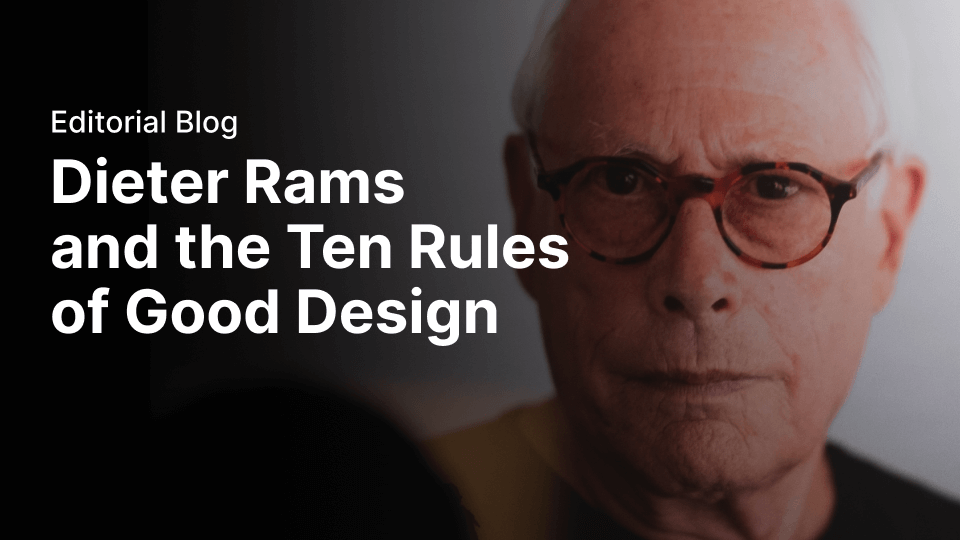
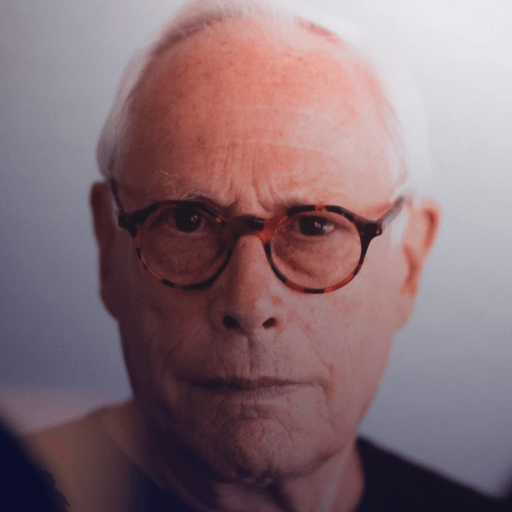
Share this!
Emma Taggart
Emma is a Content Writer for Linearity in Berlin. Her hobbies include making ceramics, roller skating, drawing, and 2D animation.


:quality(75))
:quality(75))



:quality(75))
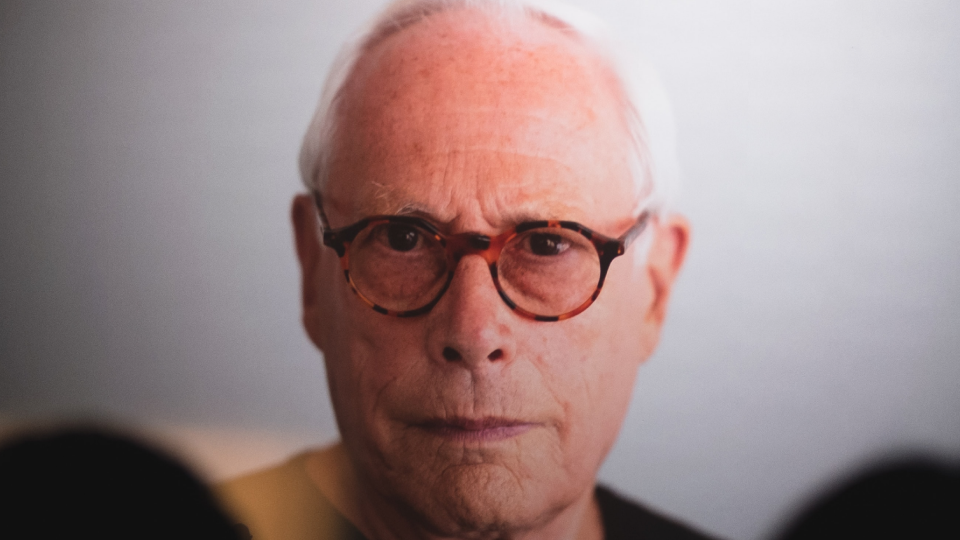
:quality(75))
:quality(75))
